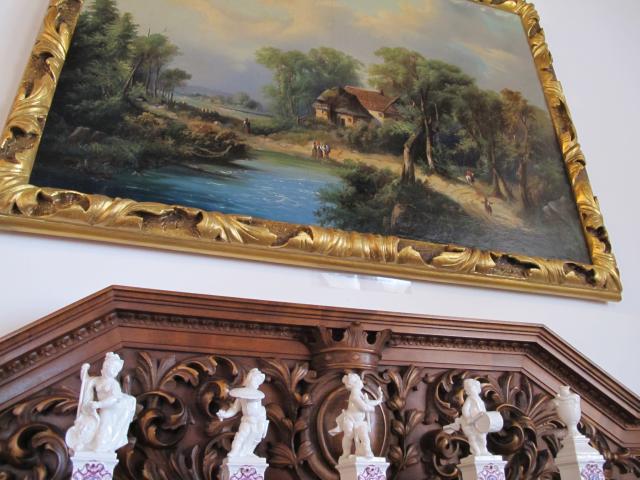
Some of Slovenia's most valuable works of art were once owned by a man named Rado Hribar. A wealthy banker and socialite, he was also a Slovenian patriot but ended up paying for his upper class status with his life.
Born in 1901, Hribar was one of the richest men in interwar Yugoslavia. He was not just a highly capable banker; he also hobnobbed with the Yugoslav royalty, owned airplanes, and ran several factories, which he later passed on to his brothers.
A passionate art lover, Hribar amassed an impressive collection of mostly Slovenian paintings, the jewel in the crown being the iconic "Coffee Lady" by the Slovenian female master Ivana Kobilca. His collection also included a wide range of statues and no fewer than 60 carpets. All of the art was on display at Hribar’s residence, Strmol Castle near the town of Cerklje, which he had carefully renovated.
Hribar was also an aviator. Besides being a private pilot, he had plans to set up an aircraft factory and had even designed several prototypes.
His wife Ksenija was a pilot herself – at a time when female aviators were exceedingly rare. Somewhat eccentric, she was also frequently seen taking her pet crocodile on walks through Ljubljana’s Tivoli Park. (After the crocodile bit her husband, they reportedly had it stuffed.)
World War II brought the Hribars' life plans to an end. The parts of Slovenia around Cerklje were annexed by Germany. As patriots, the couple decided to help the Partisan resistance and even informed them of German plans when they became aware of them. But they weren’t trusted by the Communist hardliners within the resistance, who resented the Hribar’s wealth. Even though friends had warned the Hribars that some within the Partisan movement were plotting against them, the couple chose to ignore the warnings. After all, the had risked their lives to keep the Partisans out of danger.
One January day in 1944, someone they had known tricked the Hribars to let a special unit of Partisans into their castle. The two were accused of being traitors and summarily executed.
It wasn’t until the fall of Communism that the authorities official admitted the wrongful execution. In 2000, the Hribars were retried and posthumously exonerated. The castle was returned to the heirs. Meanwhile, the art that Rado Hribar had collected over the decades remained in museums, thanks to a long-term lease signed by members of the Hribar family, who were determined to keep it accessible to everyone.

































































